Expert Spotlight: How a Product Designer Shapes Experiences to Empower Real People?
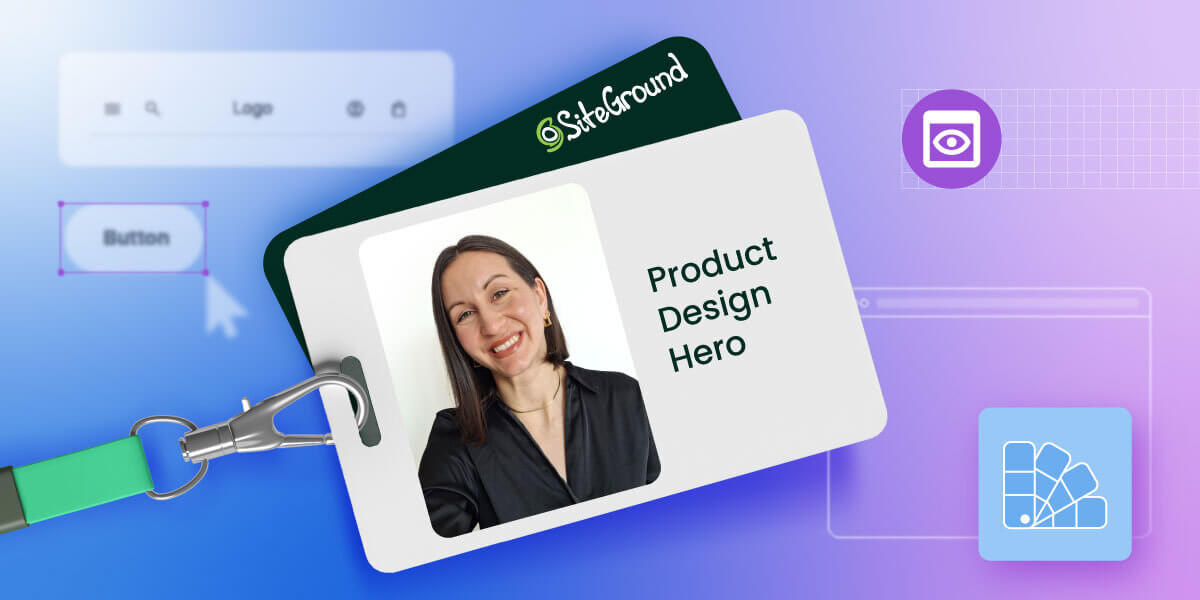
-
- Tell us a bit about what you are currently working on?
- What sparked your love for Product Design?
- How is working the job different from studying about it?
- You mentioned mentoring, can you share a bit about that?
- Speaking of lessons, which are the three qualities a successful Product Designer should have?
- You mentioned AI, can you share whether you think AI has any place in Product Design?
- Is there a go-to approach you rely on in your daily work?
- How do you manage to stay creative and maintain your work/life balance?
- Finally, what’s the next big thing in your field of work that you’re excited about?
Have you ever opened a website or app and felt like everything just flows – every click leading naturally to the next, like a smooth sail on a Summer day? That seamless experience doesn’t just happen. The truth is there’s a team of people, all pulling the ropes with lots of thinking and testing behind the scenes, so that you feel that breeze of ease in every click.
In this edition of Expert Spotlights, we’re excited to introduce one of the people in charge of designing these experiences throughout – a talented Product Designer on our SaaS product team, Daniela Borisova. She is constantly helping real people around the world on their journey to launch their dream site and succeed online with ease.
Tell us a bit about what you are currently working on?
Currently, I’m working on SiteGround’s Website Builder, which aims to empower small business owners to launch their websites and grow their businesses. I love that we serve as the bridge between individuals who have the courage to launch their dream business and their customers, who will be the power that keeps it going. I’ve always believed that being a product designer is a very powerful and responsible position, as your solutions can have a direct impact on people’s dreams. It is so exciting!
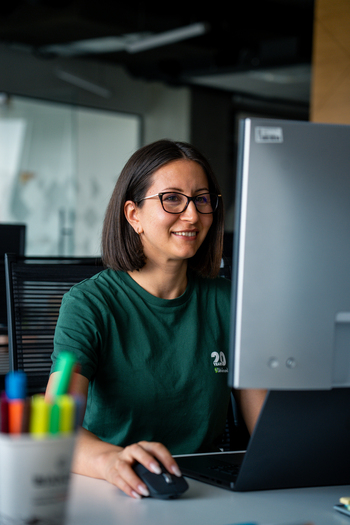
What sparked your love for Product Design?
To be honest, I never imagined I’d become a Product Designer. I studied at the National Academy of Arts, aiming for a career in the arts field, but during my final year, I realized it no longer fulfilled my need for self-expression. That’s when I started exploring graphic design, but it was a weekly web design class in my last semester that changed everything. The incredible teacher introduced me to a world beyond visual design, showing me that web design involves much deeper and complex considerations.
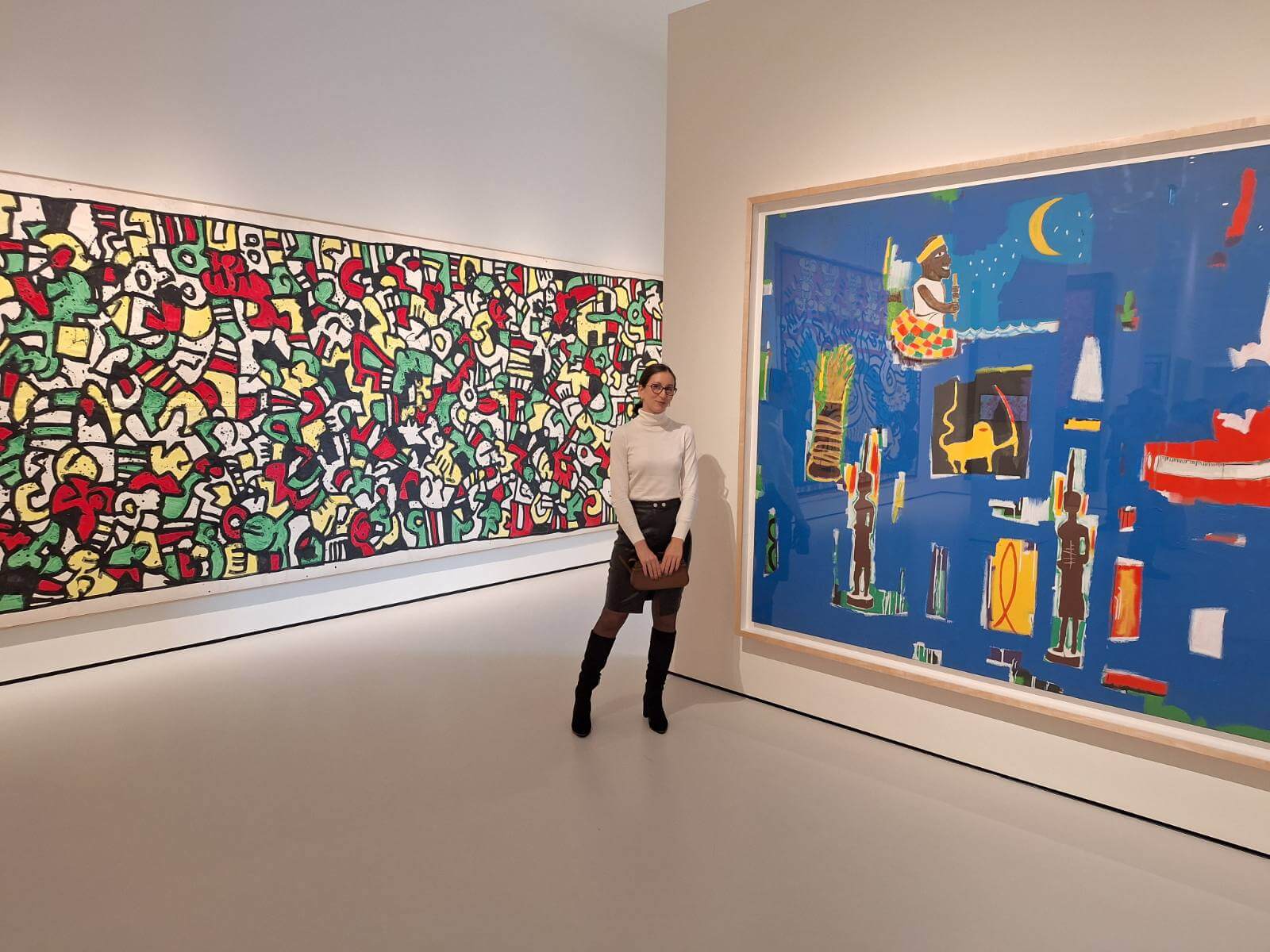
One story she told stuck with me. It was about how she was designing for an Arabic brand, where the team had to deeply understand a culture so different from their own. This story about how product designers need to immerse themselves in others’ lives and cultures left me inspired and curious. Later on, after a friend’s encouragement, I completed a series of design courses, worked pro bono, and eventually, after many ups and downs, got my first UX design role five years ago.
How is working the job different from studying about it?
The reality of working as a product designer is quite different from the academic one. This is something I always talk about when mentoring aspiring product designers.
When we study product design, the cases are usually idealised, where companies have no boundaries in terms of time, budget, and legacy. It’s not impossible to design “by the books”, but the truth is, when you join a company, it already has an existing product, and it comes with its own challenges. Often, schedules are tight, and design depth is accumulated. We as designers need to learn how to navigate this dynamic and look at it as an opportunity to make decisions quickly and perform faster, smaller iterations.
Another misconception is that the research, design, and development process is streamlined and linear. In reality, it’s not always like that, and that’s OK. When I started as a Junior Designer, I also had this belief, and it took me some time to embrace the dynamic environment and create a process that works for me.
You mentioned mentoring, can you share a bit about that?
I’ve always felt the urge to share my knowledge with those who might benefit from it, yet an inner voice often whispered, “What if it’s not good enough?”.
Last year, I decided to challenge myself and accepted an invitation from one of the major Universities in my home country to deliver a lecture on contemporary art, choosing a topic of my interest. Speaking in front of students and educators, including PhDs and professors, was a transformative experience. The room was full, and I was pleasantly surprised by the audience’s keen interest. This led to an invitation to make it an annual event. Even right now I’m working on the next one I’m about to lead.
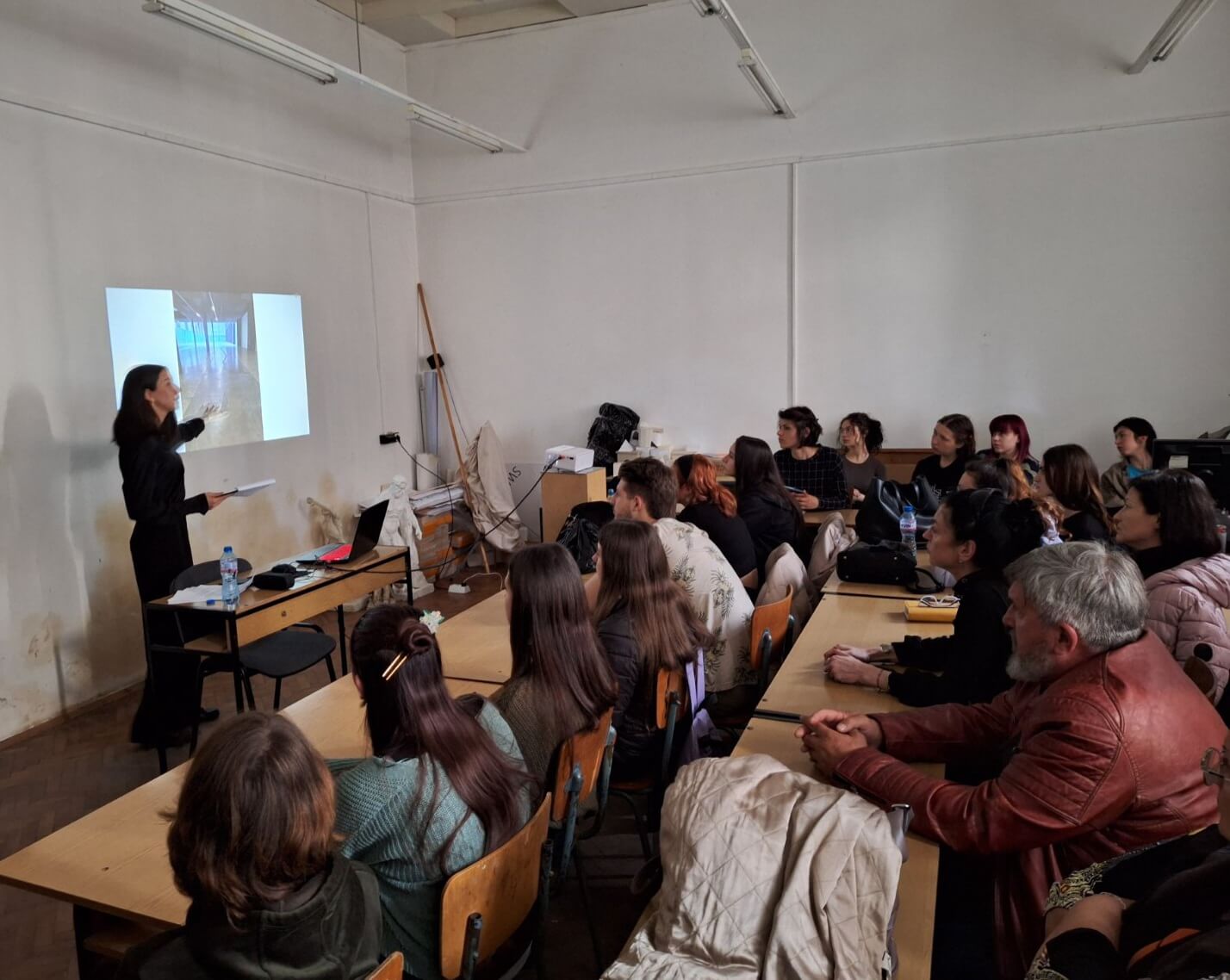
Overcoming my fear made me realize that people are eager to listen to my insights. I was also a guest lecturer at the university where I received my design education, conducting a seminar attended by almost 400 people!
The biggest lesson I’ve learned from this series of events is to never underestimate your knowledge and to act regardless of your insecurities.
Speaking of lessons, which are the three qualities a successful Product Designer should have?
To me, the three most important qualities are:
- Be open to feedback and collaboration
- Be attentive and dive deep into the problems you are solving
- Be adaptive to changing environments.
I think that it’s fairly easy to learn a design tool or even coding with all the information we have nowadays, not to mention AI. But it’s not that easy to understand a complex problem with all its constraints or to accept that a design idea that you absolutely love might not always be the most appropriate for the business need. We need to be able to listen, leave our ego aside, and be open to anything. I deeply believe in being a good colleague and a person that others will love working with will take you a long way.
You mentioned AI, can you share whether you think AI has any place in Product Design?
AI is a powerful assistant that can boost productivity and creativity when brainstorming ideas, the initial research phase, and many other activities. But it can’t replace a real human in solving complex problems and taking many aspects and constraints into account. We should not forget that we are building products for people (until we start doing it for AI agents as well).
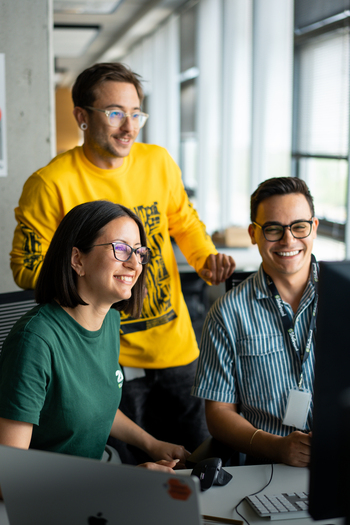
Is there a go-to approach you rely on in your daily work?
I definitely believe in the “tried and trusted” processes. I always start my work by doing research on how other people solved similar problems to mine, because the existing solutions out there are what our users are using and are familiar with, have spent time with, and tend to search for similar solutions. It’s not me who claims that – it’s Jacob Nielsen (Jacob’s law).
In the design field, there is a very fine line between creating something that feels natural and innovation. Users don’t want to spend time navigating a steep learning curve for new products, so giving them already working patterns is helpful in making them feel confident.
How do you manage to stay creative and maintain your work/life balance?
The most important aspect of staying creative is bouncing ideas off my teammates. Everybody has different knowledge that can help you develop an idea and find the right solution.
As for work/life balance, it is very important for me to physically and mentally differentiate my personal space from my work space. Actually, my best office hack is to always “unwind” after work with a good workout. My advice is just move, regardless of the activity – you’ll feel great afterwards.
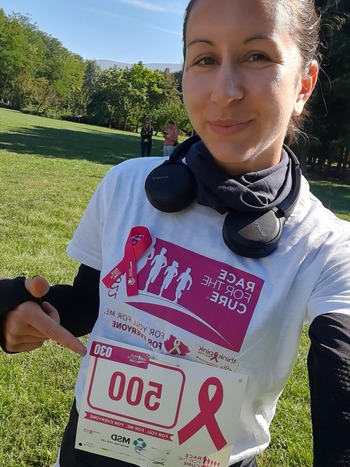
And during the weekends, I try to disconnect by learning new things and researching contemporary artists, practicing different sports, and going on long walks. I often joke that if you forget what you’ve been working on before the weekend, then you really had a good rest.
Finally, what’s the next big thing in your field of work that you’re excited about?
I am excited about diving deeper into our portfolio of products, contributing my expertise, and making a positive impact. There are amazing things to come at SiteGround, and we are working passionately to make them happen, so stay tuned.

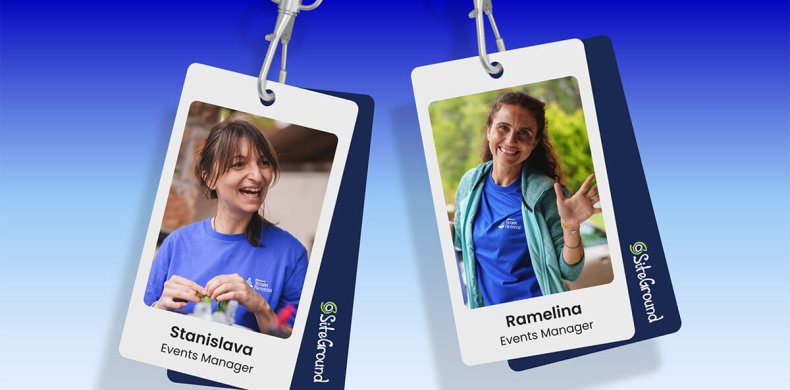
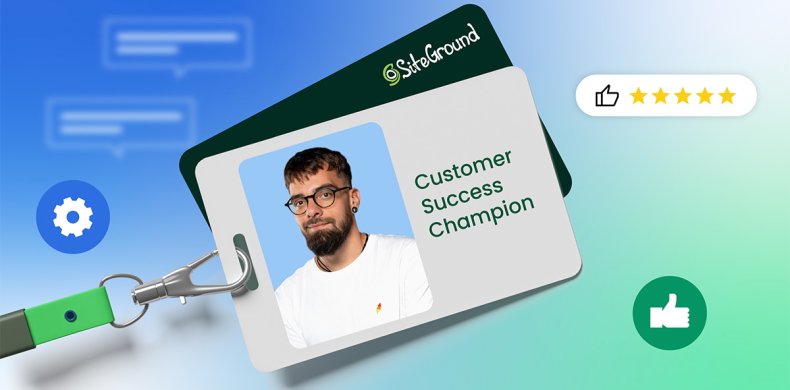

Comments ( 0 )
Thanks! Your comment will be held for moderation and will be shortly published, if it is related to this blog article. Comments for support inquiries or issues will not be published, if you have such please report it through our official channels of communication.
Leave a comment
Thanks! Your comment will be held for moderation and will be shortly published, if it is related to this blog article. Comments for support inquiries or issues will not be published, if you have such please report it through our official channels of communication.